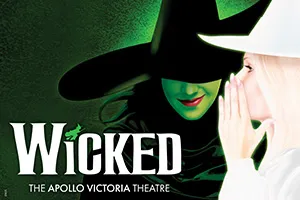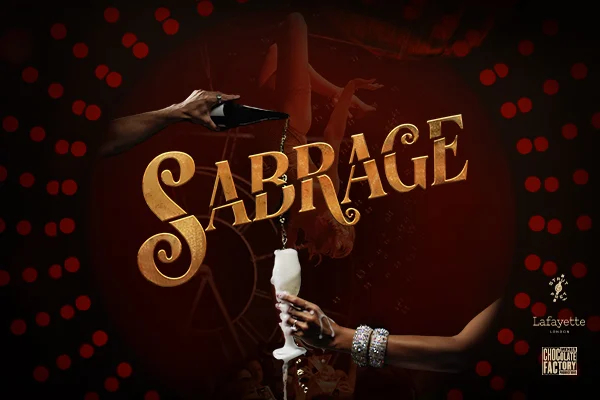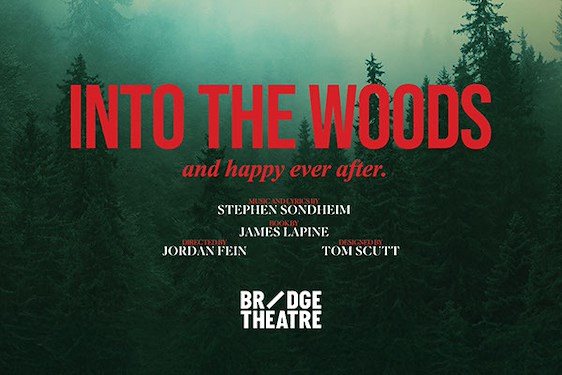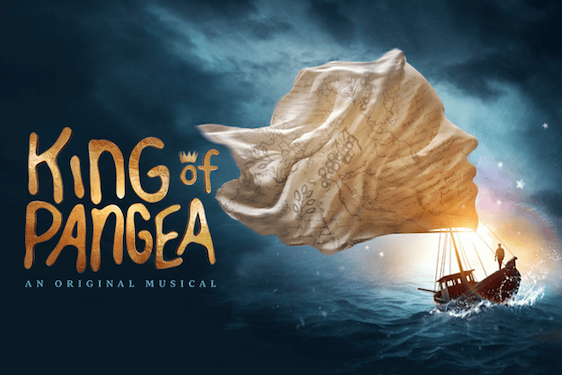In Korea when somebody dies, people say they have gone ‘over the moon’ or ‘crossed the river’. Yoo Sun-Hoo, the choreographer and dancer of
Moments of exquisite beauty and will be a special experience for the audience.
A gong-like bell announces each stage of the journey creating a religious atmosphere. A simple white set; a semi-transparent hanging at the back and a sheet laid on the floor, creates an austere mood, no less because white is the Korean colour of mourning.
Yoo Sun-Hoo, as the deceased old lady, appears dressed in white hemp fabric traditionally used for shrouds but in a beautifully folded modernist version. A striking image, a white flower, grasped in her teeth is a reference to the flowers that are placed in actual graves. Throughout, traditional dance moves are incorporated learnt from her Master, Sun-Hee Yang but Sun-Hoo has also created her own expressive choreography. At first standing on one leg, arms outstretched to the side, she moves slowly and mesmerically but in each of the successive scenes, as she encounters the different rivers, the dance changes rhythm and movement, each river symbolises the various negative emotions the soul must overcome.
Encountering the Black River she walks along a black line on the sheet, raising her knees, contorting her body in anguish expressing fear and sorrow whilst the mood is heightened by the eerie stammered, nasal and guttering chanting of a Korean requiem by the singer, Eo Youn-Kuong.
In the Invisible River, hidden from view under the white sheet, the dancer’s panic-ridden shapes suggest a suffocating experience where fear mounts. This is the least successful of the pieces as the repetitive movements lack gravity. However, the mellow tones of the Rav, a German steel drum, and the beautiful baritone of the musician Lee Kung-Gu’s voice save this scene.
Hundreds of tiny bits of paper are thrown in the air represent the Ash River. This is, of course, the ash of the cremated body but the dancer’s joy in throwing it around, suggests the happiness of oblivion, the mood echoed by a whirling tune played on the flute.
The last river, the Soul River, is represented by a long pink scarf with which the dancer plays and whips around. There is a fascinating call and response between dancer and Yu Kyung-Hwa, the musician on an hourglass waisted drum. This was the only river I had to ask the choreographer about, but once explained it was clear that the joyful mood created did suggest human obsessions and folly.
At the end, the old woman has rid herself of all her worldly attachments. Balletic movements to the breathy sounds of the long bamboo flute, the daekeum bring the show to a moving, peaceful end as the dancer smiles, a flower in her hair, suggesting she has been reincarnated as a flower.
This show, dance and music perfectly melded, has moments of exquisite beauty and will be a special experience for the audience.


















